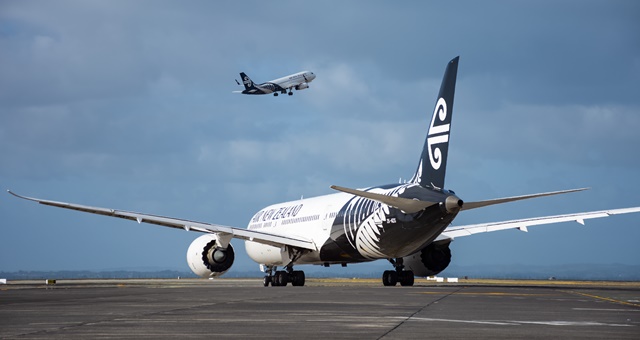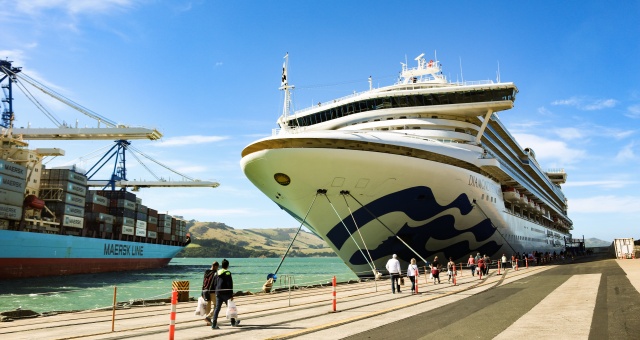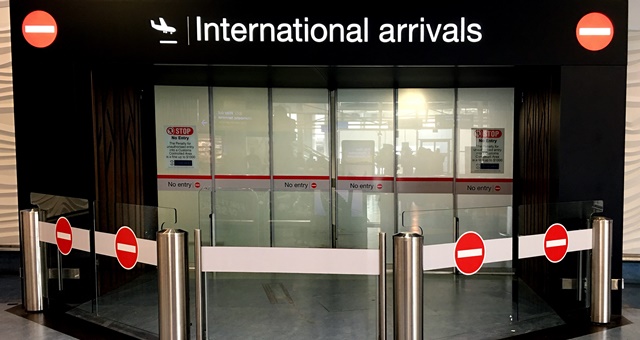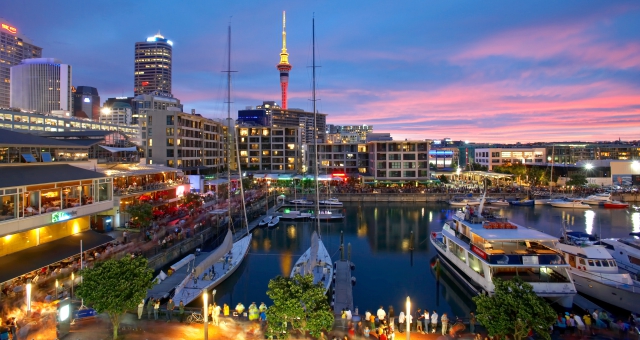Tourism Industry Aotearoa (TIA) has expressed dismay at seemingly clandestine efforts by the New Zealand Government to endorse and push through a significant hike in the country’s border and customs costs to a staggering NZD$116.25 per person, inclusive of 15% GST.
According to documents received under the Official Information Act, the revised figure is based on a proposal by the New Zealand Customs Service and the Ministry for Primary Industries to not just recoup operational costs of the country’s borders, biosecurity and customs services but also to claw back accumulated losses which have built up since the levy was introduced in 2016.
If officially implemented, the new charges would take effect from December 2021 and would pay back all accrued losses over a three-year period.

Broken down and inclusive of New Zealand’s 15% GST, the new charges would consist of a NZD$40.25 International Visitor Levy, an NZD$63 Border Clearance Levy for air travellers ($35.36 for cruise passengers), NZD$14.48 International Passenger Security Levy and an NZD$1.73 Safety Oversight Levy. TIA says the NZ Customs Service has already begun consultation on the proposed increases and that it strongly opposes the planned hike.
“It is too soon, too impactful on the traveller and will slow down the recovery for thousands of tourism businesses,” said Tourism Industry Aotearoa CEO, Chris Roberts.
“Due to the unpredictable nature of international travel for the foreseeable future, we are concerned that the visitor projections provided in the consultation document are unreliable and will be subject to considerable change.

“With traveller confidence at record lows, adding further disincentives to travel to New Zealand will likely result in a decrease in revenue for Customs and MPI, rather than covering border costs,” Roberts added.
It is understood the New Zealand Cabinet has already agreed in principle to the NZD$63 Border Clearance Levy with consultation continuing.
The proposed increases come following a review into the effectiveness of the charges paid by air and cruise arrivals versus operating costs of New Zealand’s customs, biosecurity and border services. The current pricing structure has not met the cost requirements to operate, with the New Zealand Government making up the shortfall each year. Air and cruise travellers pay the levies as part of their air and cruise fares, which will see fares rise considerably if the proposals are implemented.
As part of the review, a number of options were on the table including an even bigger rise of the charges to as high as NZD$160.76 for air travellers, however it appears the proposed changes fall somewhere in the middle.
In a submission to the NZ Government, TIA has suggested maintaining current levels and reviewing in July 2023 to ensure minimal volatility in projected visitor arrival numbers, with future levy proposals based on actual and more reliable data gained over 2021 and 2022. The government would continue to fund deficits incurred.
“We are aware that government agencies are being directed to return to the cost recovery models they had in place pre-COVID. While such a mandate might be reasonable for sectors and industries that are quicky recovering from the impacts of 2020 it is irresponsible to subject the tourism sector to the same policy,” the TIA submission reads.
Australia currently charges a $60 levy to all inbound and outbound travellers which is labelled the Passenger Movement Charge. This fee also increased in recent years from its original $55 but is currently frozen against inflation-driven increases.


